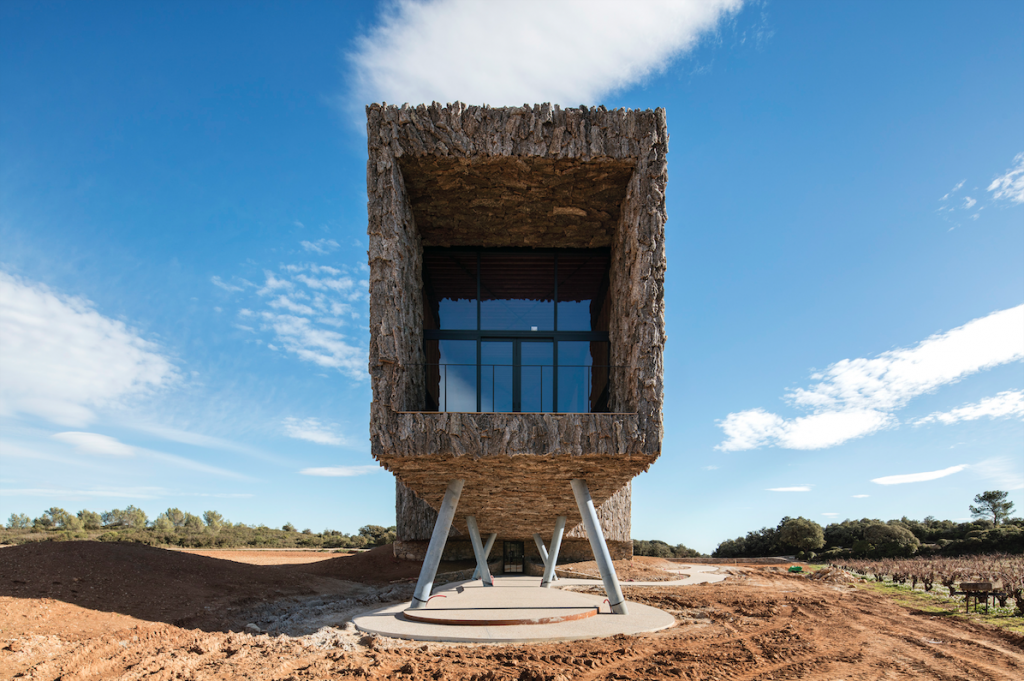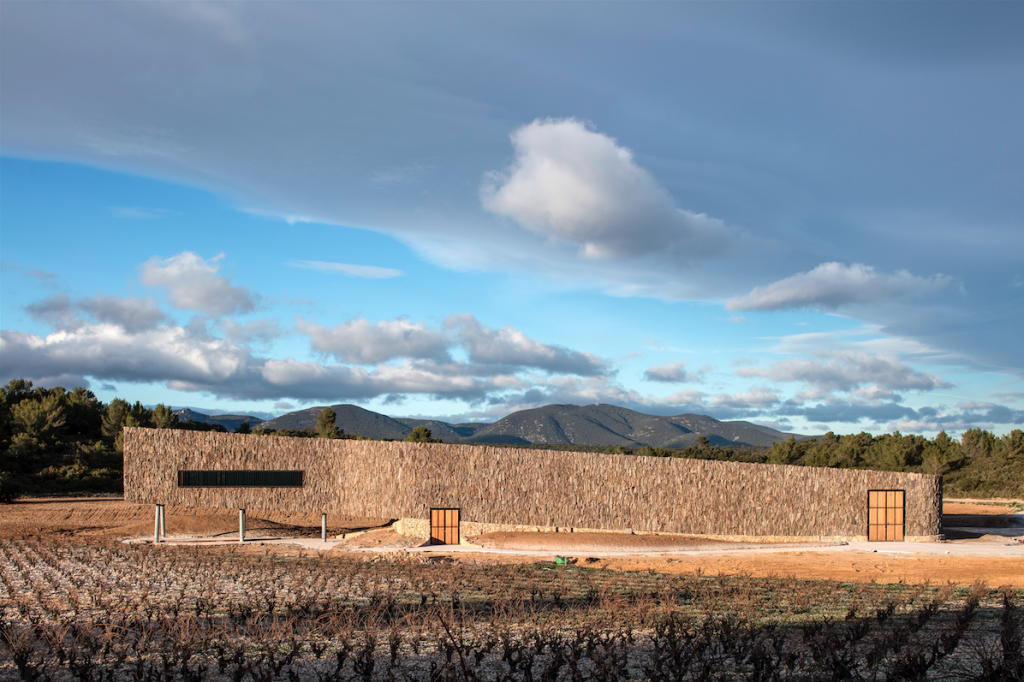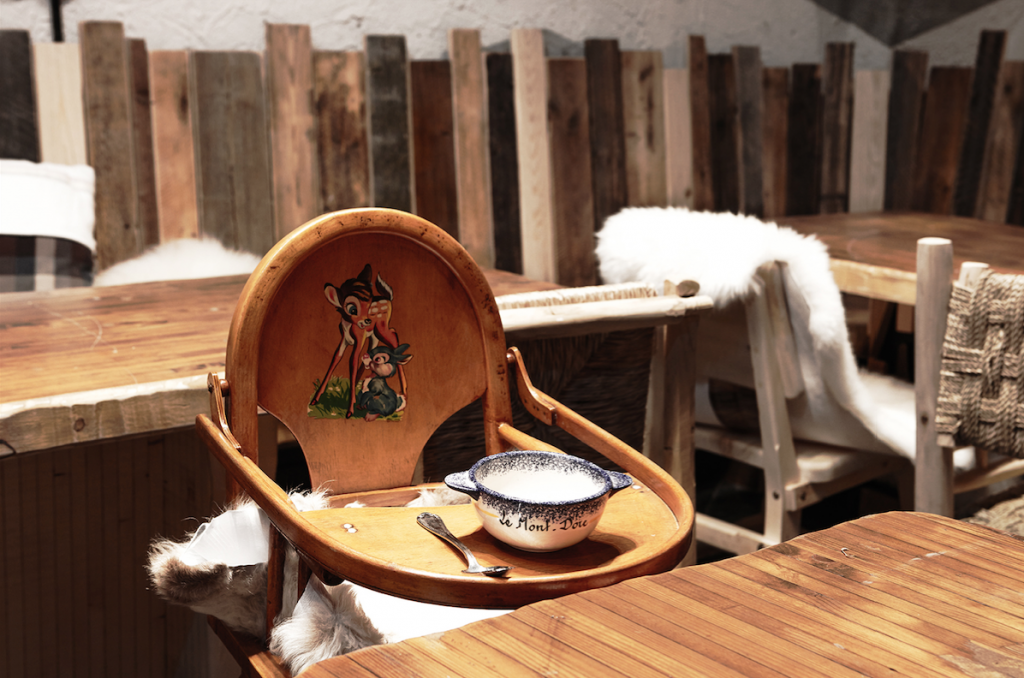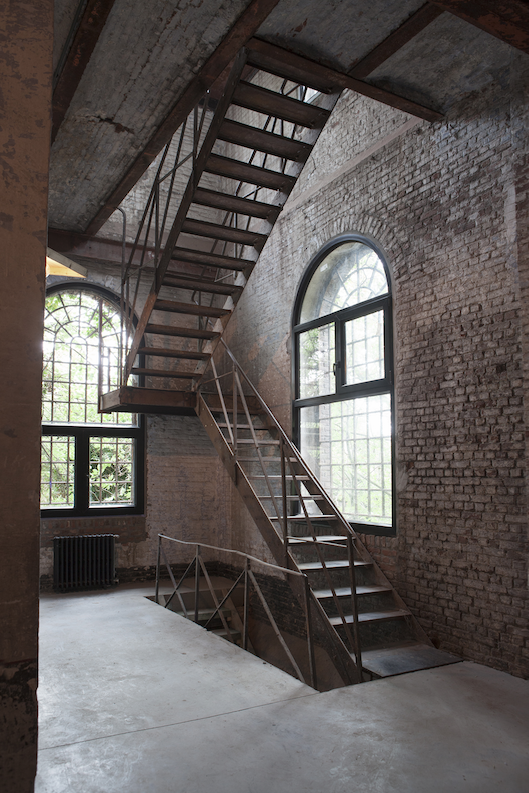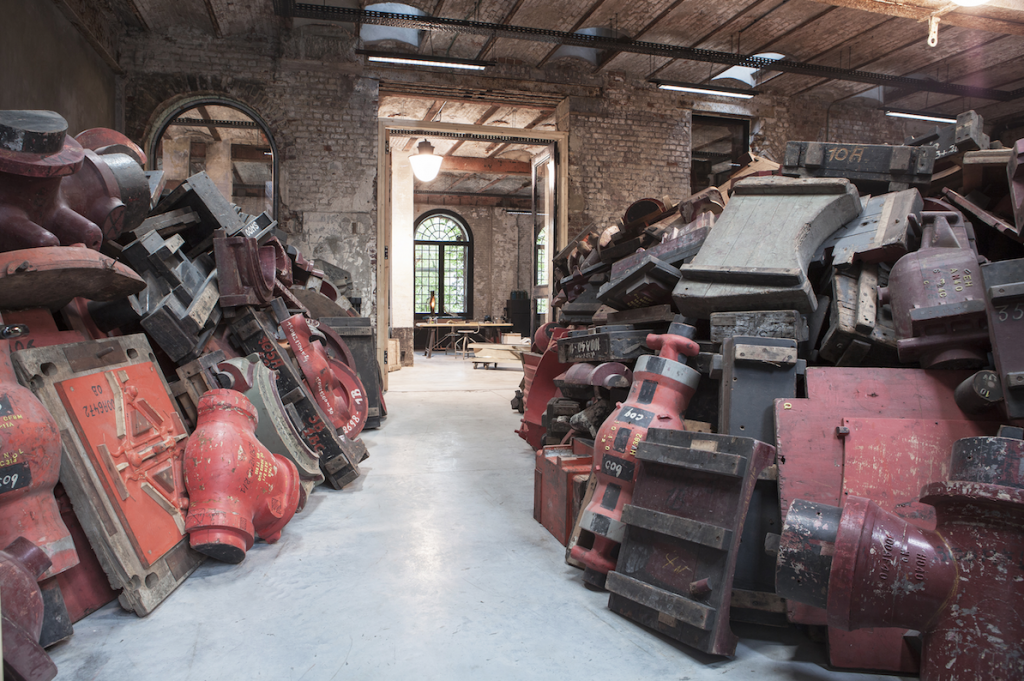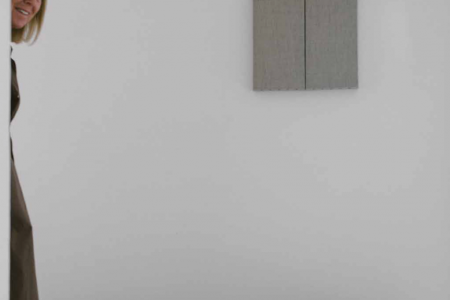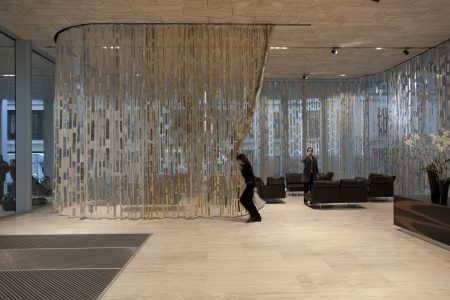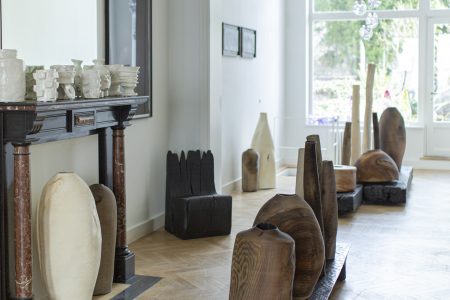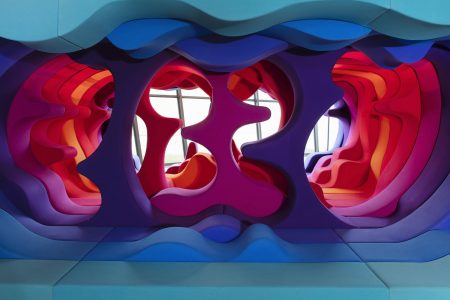Lionel Jadot: Hyperactive, Iconoclast, Without Boundaries
Lionel Jadot talks to TLmag about his anti-conformist approach to interior design and the multitude of projects he is undertaking
Break codes, mix genres, inspirations, materials and colors: that is the credo of Belgian Lionel Jadot. A meeting with the anti-conformist interior designer with a modern approach, bursting with projects here and elsewhere.
TLmag: When you are born into a family of furniture craftsmen who manufacture, specifically, Vanhamme chairs, interior design is something of a predetermined path, isn’t it?
Lionel Jadot: I grew up in my father’s workshop, in contact with the materials. I built my toys with scraps of wood and leather. At 19, I took over the reins of the business. In a single day, I became the boss of 35 craftsmen. That’s when I learned how to manage multiple projects at a time and to quickly find technical solutions. That first experience gave me a true freedom that I almost want to call iconoclastic. My openness, passion for creation and energy, but also a certain distance from problems, comes from there.
TLmag: The clash of different influences that defines your style reflects a fast-changing world. Do you see it this way?
L.J.: To be honest, I don’t calculate anything. But I certainly have confidence in myself. In general, when I begin sketching the outlines of a project, my first take is the good one. The fact that I am partially self-trained explains my somewhat chaotic way of working. I have a very photographic memory. I absorb things, but I refuse to copy/paste. In the studio, I forbid my team to lean on a classic mood board or Pinterest tables. What interests me is ideas passing though memory, and the influences mixing. Culture meeting subculture, a bit like during the 17th century, when the furniture in vogue at the French court was revisited by local craftsmen in the provinces, who reproduced it using their local traditions. When I start a project, if I think that my starting point is too comfortable, I change path. I like the collision between different elements.
TLmag: Today we can’t speak about interior design without bringing up the theme of recycling. What role does ecology play in your approach?
L.J.:This principle of recycling has been within me for a long time. When I was a child, as I said, I created objects with scraps of wood. I am a bit of a packrat: I save everything in anticipation of the day when I can do something with all these bits of material that I keep in my workshop. From my first projects, I wanted to encourage my customers to go in this direction. Years spent in my father’s workshop also taught me to respect the trees, the wood, and the craftsmen who shape it. For me, all that goes without saying.
TLmag: On the international level, you have just designed the winery of the château Castigno. Tell us about this project…
L.J.: The project grew out of an encounter: a friend introduced me to a winemaker who wanted me to design a cellar that could be both a production tool and the flagship of his brand. I discovered a craft, winemaking, that I knew nothing about, as well as a region, the Cathar country: a rough, very wild landscape full of cliffs. This backdrop, but also my own past experiences, inspired the building. Each story that I write for a client influences another. I enjoy everything I do. I like to play, and am an eternal enthusiast. When I work with my team – we are a dozen in the studio – I like the brainstorming sessions to be as free as possible.
TLmag: Does developing international worksites reflect a challenge, a need to grow or a personal desire?
L.J.: I don’t plan out my career. Everything depends on connections. The more my network expands, the more quickly projects come to me. But I want to sort, to channel, things; to focus on stories that I really believe in. I have just designed the Maison Ullens store in Aspen (in the United States) and the new Parisian restaurant of chef Marc Veyrat; and I have begun work on the Museum of Modern Art, also in Paris, in collaboration with fashion designer Rick Owens. Working abroad is both exciting and very tiring, but it forces us to stay alert. It’s very boosting.
TLmag: Let’s speak about this new site you have just acquired: a 6000-meter playground is a real accomplishment.
L.J.: I began feeling cramped in my current studio, but when I found this old factory in Zaventem it took me a year to convince the owner to sell. I very quickly got the idea to set up 25 workshops around the large, 800 square meter area that will act as an exhibition space. The site will bring together craftsmen in stone, metal, wood, etc. Ben Storm, Armand Jonckers, Arno Declercq, Vladimir Slavov (Dim Atelier) … have already answered. To create a dynamic around this design and production site, each exhibition (around two per year), will be orchestrated by an exterior curator.
